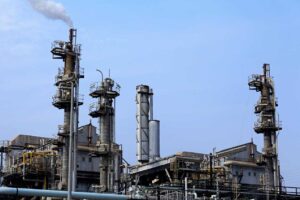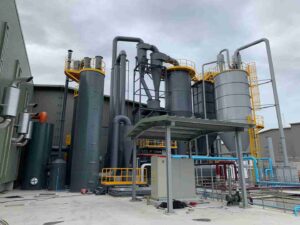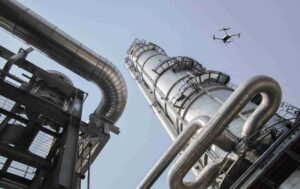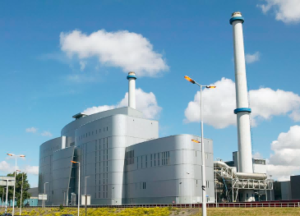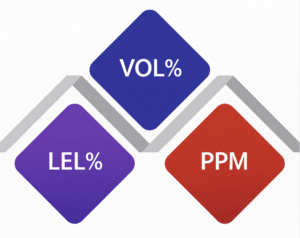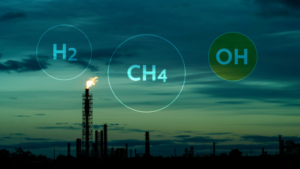Toxic mercury emissions from coal combustion threaten public health and environmental safety—failure to monitor them risks legal penalties and regulatory non-compliance. A continuous mercury monitoring system is the essential solution.
Deploying continuous mercury emissions monitoring systems in coal-fired power plants is critical for regulatory compliance, environmental stewardship, and operational transparency. These systems enable real-time detection of mercury levels in flue gas, ensuring accurate reporting and timely mitigation actions.
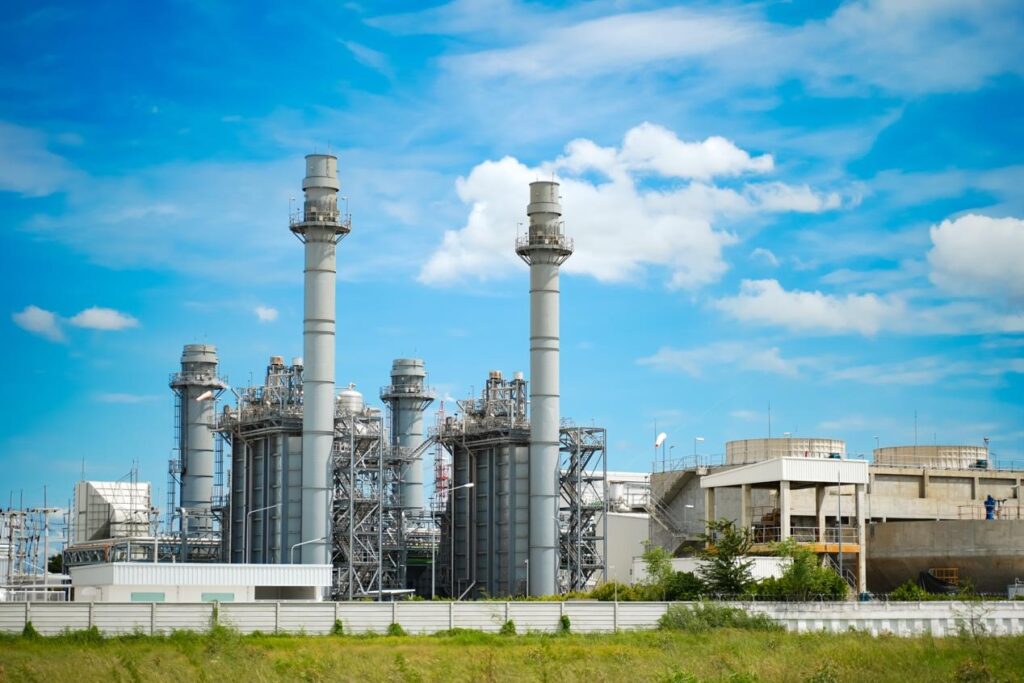
While many power plants understand the environmental risks of mercury, far fewer realize the strategic advantages of real-time monitoring. This article explores the technical, regulatory, and operational imperatives that make mercury monitoring indispensable.
Why Is Mercury Emission from Coal-Fired Power Plants a Special Concern?
Mercury emissions are a silent yet potent threat—highly toxic even at trace levels, persistent in the environment, and capable of global transport. Coal-fired power plants are among the leading sources of anthropogenic mercury emissions, making them a focal point of international regulation and public concern.
When coal is combusted in thermal power plants, mercury—present in trace quantities in the fuel—is volatilized and released into the flue gas stream. Unlike other heavy metals that may remain in ash residues, mercury primarily escapes into the atmosphere due to its volatile nature. It exists in three primary forms within the flue gas: elemental mercury (Hg⁰), oxidized mercury (Hg²⁺), and particulate-bound mercury (Hg(p)). Each behaves differently in air pollution control devices and in the environment, complicating the challenge of capturing and monitoring it.
Once emitted, mercury can travel thousands of kilometers before settling into soil or water bodies. In aquatic ecosystems, mercury undergoes a transformation into methylmercury—a potent neurotoxin that bioaccumulates through the food chain. Predatory fish and seafood become major carriers of this toxic compound, posing severe health risks to humans, particularly pregnant women and young children. Long-term exposure has been linked to cognitive impairment, cardiovascular problems, and developmental disorders.
Given its persistence and toxicity, mercury has been listed as a global priority pollutant under conventions like the Minamata Convention on Mercury. Countries worldwide have enacted stringent emission standards. For example, the U.S. EPA’s Mercury and Air Toxics Standards (MATS) mandate coal-fired power plants to limit mercury emissions to below 1.2 lb/TBtu. In China, the GB 13223-2011 standard requires continuous monitoring and caps emission concentrations at 0.03 mg/m³ for new facilities.
Thus, mercury from coal combustion is not just an environmental issue—it is a regulatory, public health, and operational concern that demands continuous, real-time monitoring and control.
How Do Continuous Mercury Monitoring Systems Work?
Continuous mercury emissions monitoring systems (Hg CEMS) are precision instruments engineered to deliver real-time, reliable data on mercury levels in flue gas under harsh industrial conditions. They play a pivotal role in both regulatory compliance and emissions control strategy.
To understand how these systems function, it’s essential to break down their operation into several core components and principles:
1. Sampling and Extraction Unit
- The process begins with the sampling probe, which extracts flue gas directly from the stack or duct.
- This component must operate in high-temperature, corrosive environments and is typically constructed with corrosion-resistant materials such as Hastelloy or PTFE-lined stainless steel.
- A critical aspect of sampling is isokinetic extraction, ensuring that the velocity of the gas entering the probe matches the gas stream—preventing fractionation of particulate-bound mercury.
2. Sample Conditioning System
- The extracted flue gas is transported through heated sample lines to a conditioning unit, where particulates are removed, and temperature and pressure are stabilized.
- The system ensures that no mercury species are lost or transformed during transport, preserving the integrity of measurement.
- Demisters and filters remove moisture and fine particulates to avoid sensor contamination.
3. Converter Unit (Optional, Depending on Technology)
- Mercury in flue gas exists in multiple species:
- Elemental Mercury (Hg⁰)
- Oxidized Mercury (Hg²⁺)
- Particulate Mercury (Hg(p))
- Some detection technologies only detect elemental mercury. Therefore, a thermal or chemical converter may be used to reduce oxidized mercury to elemental form. This allows for the total mercury measurement to be performed in one detector.
4. Detection Module (Analyzer)
The heart of the system is the mercury analyzer. The two most commonly used detection methods are:
a) Cold Vapor Atomic Absorption Spectroscopy (CVAAS)
- Measures mercury by detecting the amount of light absorbed by mercury vapor at a specific wavelength (typically 253.7 nm).
- It is cost-effective, robust, and widely used in industrial environments.
b) Cold Vapor Atomic Fluorescence Spectroscopy (CVAFS)
- Mercury atoms excited by UV light emit fluorescence when returning to the ground state.
- This method provides higher sensitivity and is suitable for ultra-low detection requirements, such as those in MATS-compliant systems.
These detectors offer:
- High sensitivity (detection limits as low as 0.1 µg/m³)
- Rapid response time (1–5 minutes)
- Stability even in high-humidity or high-dust environments when properly maintained
5. Calibration and Quality Assurance System
- Systems include automated zero and span calibration using certified reference materials or gas generators.
- Some advanced units offer daily auto-calibration routines and internal diagnostics for early detection of drift or failure.
- Regulatory bodies often require daily calibration checks, quarterly audits, and annual relative accuracy test audits (RATA) to validate system performance.
6. Data Acquisition and Handling System (DAHS)
- The DAHS collects, stores, and transmits emissions data to plant control systems and regulatory agencies.
- Most DAHS platforms provide real-time dashboards, alarm systems, and compliance report generation tools.
- Integration with plant-wide SCADA or DCS systems ensures centralized control and monitoring.
7. System Enclosure and Environmental Protection
- The full system is typically housed in a climate-controlled enclosure or analyzer shelter, ensuring optimal operation regardless of outdoor temperatures or weather conditions.
- Proper ventilation, grounding, and vibration dampening are critical for stable measurements.
Summary of System Workflow:
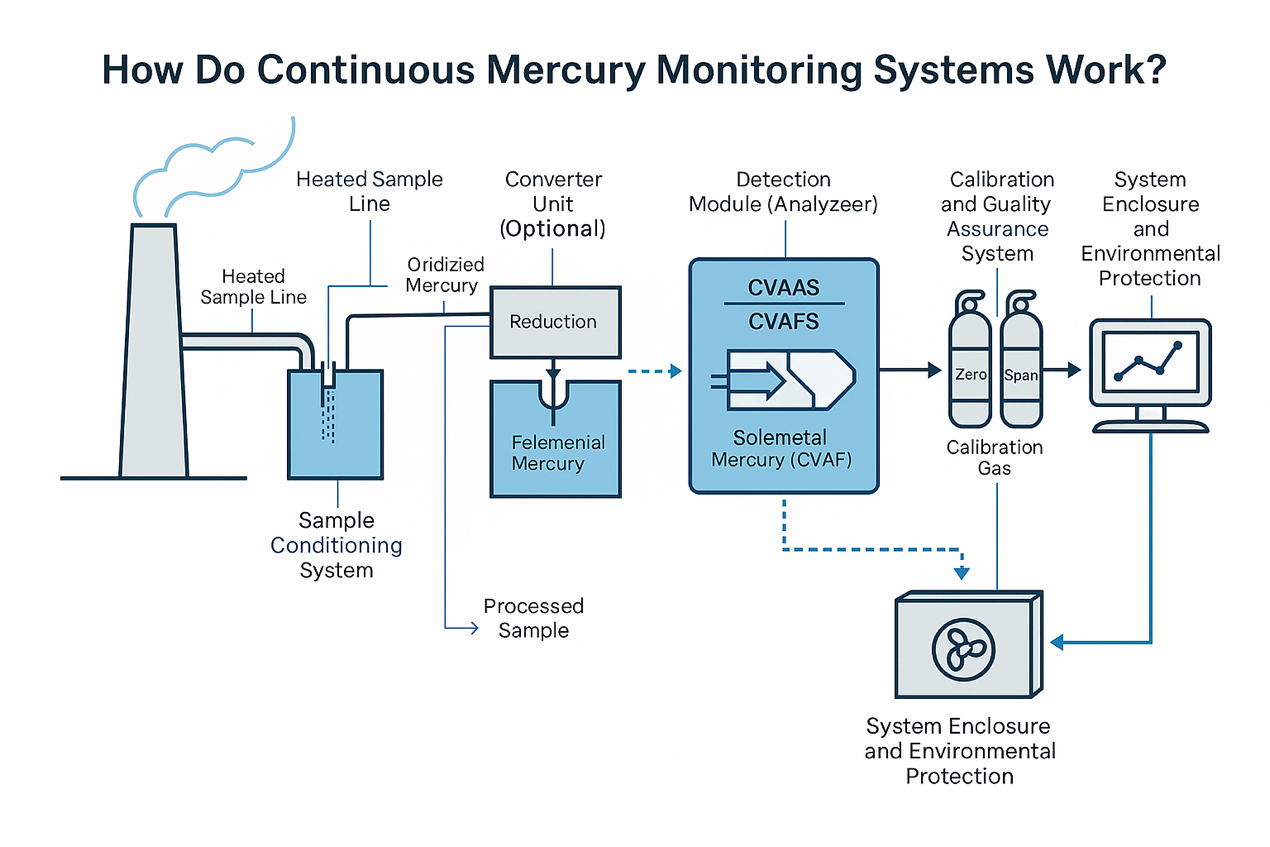
- Flue gas is extracted via a high-temperature probe.
- It is transported through heated lines to prevent condensation.
- The gas is filtered and conditioned to remove particulates and moisture.
- Oxidized mercury is optionally reduced to elemental form.
- The analyzer detects mercury using CVAAS or CVAFS.
- Calibration systems ensure accuracy.
- DAHS stores and communicates data for compliance reporting.
These systems are not just technical tools—they are compliance enablers, risk mitigators, and insight generators for environmental performance. Choosing the right technology and ensuring its continuous, accurate operation is essential for any coal-fired power plant aiming for long-term regulatory and environmental success.
How Do Mercury Monitoring Systems Help Achieve Regulatory Compliance?
Without continuous mercury data, power plants operate blindfolded in a highly regulated space. Monitoring is the only way to avoid compliance violations.
Regulations such as MATS in the U.S. or China’s latest pollutant discharge standards require power plants to demonstrate not just that emissions are below thresholds, but that they remain so over time. This requires continuous, automated, and certified monitoring systems.
These systems provide:
- Legally Defensible Data: Certified CEMS data is admissible in environmental audits and legal proceedings.
- Automated Reporting: Real-time integration with environmental databases minimizes human error in compliance reporting.
- Proactive Mitigation: Continuous data enables plant operators to take corrective action before exceeding limits.
By deploying CEMS for mercury, power plants transform compliance from a burden into a strategy—one that reduces regulatory risk, minimizes fines, and improves public image.
What Factors Should Be Considered When Selecting a Mercury Monitoring System?
Choosing the wrong system can be more expensive than no system at all—selection must be strategic, not just technical.
When selecting a mercury CEMS, power plants must evaluate several critical parameters:
- Detection Limits: Ensure the system can detect mercury at or below regulated thresholds (e.g., <1 µg/m³).
- Response Time: Fast response (ideally <5 minutes) is essential for operational control.
- Durability and Adaptability: The system should withstand high SO₂ concentrations, moisture, and acidic gases without signal degradation.
- Calibration and QA/QC Features: Auto-calibration with certified standards ensures data accuracy.
- Integration Capability: Ability to interface with existing DCS/SCADA systems.
- Vendor Reputation and Support: On-site support, spare parts availability, and system certification are also key.
Failing to consider these aspects can lead to inaccurate readings, regulatory violations, and costly maintenance cycles.
What Are the Key Challenges in Operating and Maintaining Mercury Monitoring Systems?
A mercury monitoring system is only as good as its maintenance plan—without consistent care, even the most advanced equipment can deliver unreliable data, trigger compliance violations, or fail altogether.

Operating and maintaining a continuous mercury emissions monitoring system (Hg CEMS) presents a set of unique technical and operational challenges. These systems must function under harsh flue gas conditions, comply with regulatory accuracy requirements, and maintain high uptime for uninterrupted data reporting. Here are the most common challenges and proven solutions:
1. Probe Contamination and Blockage
Problem: Sampling probes are exposed to fly ash, acidic gases (e.g., SO₂, HCl), and condensable compounds that can accumulate and block gas flow.
Impact: Reduced sample flow leads to inaccurate readings or complete measurement failure.
Solution:
- Use heated probes and lines to prevent condensation.
- Perform routine cleaning of probes and filter elements.
- Install automatic blowback systems to periodically clear the sample path.
2. Sensor Drift and Calibration Deviation
Problem: Detection modules (especially CVAFS and CVAAS) may experience drift over time due to exposure to contaminants, component aging, or environmental conditions.
Impact: Long-term drift compromises data integrity and may result in regulatory non-compliance.
Solution:
- Perform daily auto-calibration using certified zero and span gases.
- Conduct weekly manual audits to verify accuracy.
- Replace sensitive optical components (lamps, detectors) at scheduled intervals.
3. Moisture and Corrosive Gas Damage
Problem: Inadequate drying of flue gas can lead to moisture ingress, which reacts with acid gases to form corrosive compounds that damage analyzers.
Impact: Corrosion of internal components results in system shutdown or costly replacements.
Solution:
- Implement multi-stage conditioning systems (demisters, dryers, filters).
- Use acid-resistant materials for sampling and transport lines (e.g., PTFE, Hastelloy).
4. Data Gaps and Communication Failures
Problem: Power outages, software glitches, or DAHS failures can cause interruptions in emissions reporting.
Impact: Missing data during required reporting periods can result in fines or permit violations.
Solution:
- Integrate uninterruptible power supplies (UPS).
- Set up real-time alerts and remote diagnostics.
- Ensure redundant data logging both locally and on a cloud server.
5. Compliance Testing and Documentation Overhead
Problem: Meeting regulatory requirements (e.g., RATA, Linearity Checks, System Integrity Testing) demands extensive documentation and precise test procedures.
Impact: Operational errors or incomplete records may fail an audit.
Solution:
- Use automated QA/QC software integrated with the DAHS.
- Maintain standardized testing protocols and staff training programs.
- Schedule regular mock audits to ensure readiness.
Final Thoughts:
Operating a mercury CEMS is not a “set-and-forget” process—it requires preventive maintenance, skilled operators, and strict quality control. Plants that invest in a structured maintenance program benefit from greater system uptime, lower long-term costs, and full regulatory compliance. In the age of digitization, integrating predictive diagnostics and remote support further improves system resilience and operational efficiency.
Conclusion
Continuous mercury monitoring is no longer a choice—it is a regulatory, ethical, and operational imperative.
Coal-fired power plants must take mercury emissions seriously. By deploying robust, high-performance continuous mercury monitoring systems, they ensure not only environmental compliance but also safer communities and more sustainable operations. In the age of strict environmental regulation and heightened public scrutiny, real-time emissions data is power.







